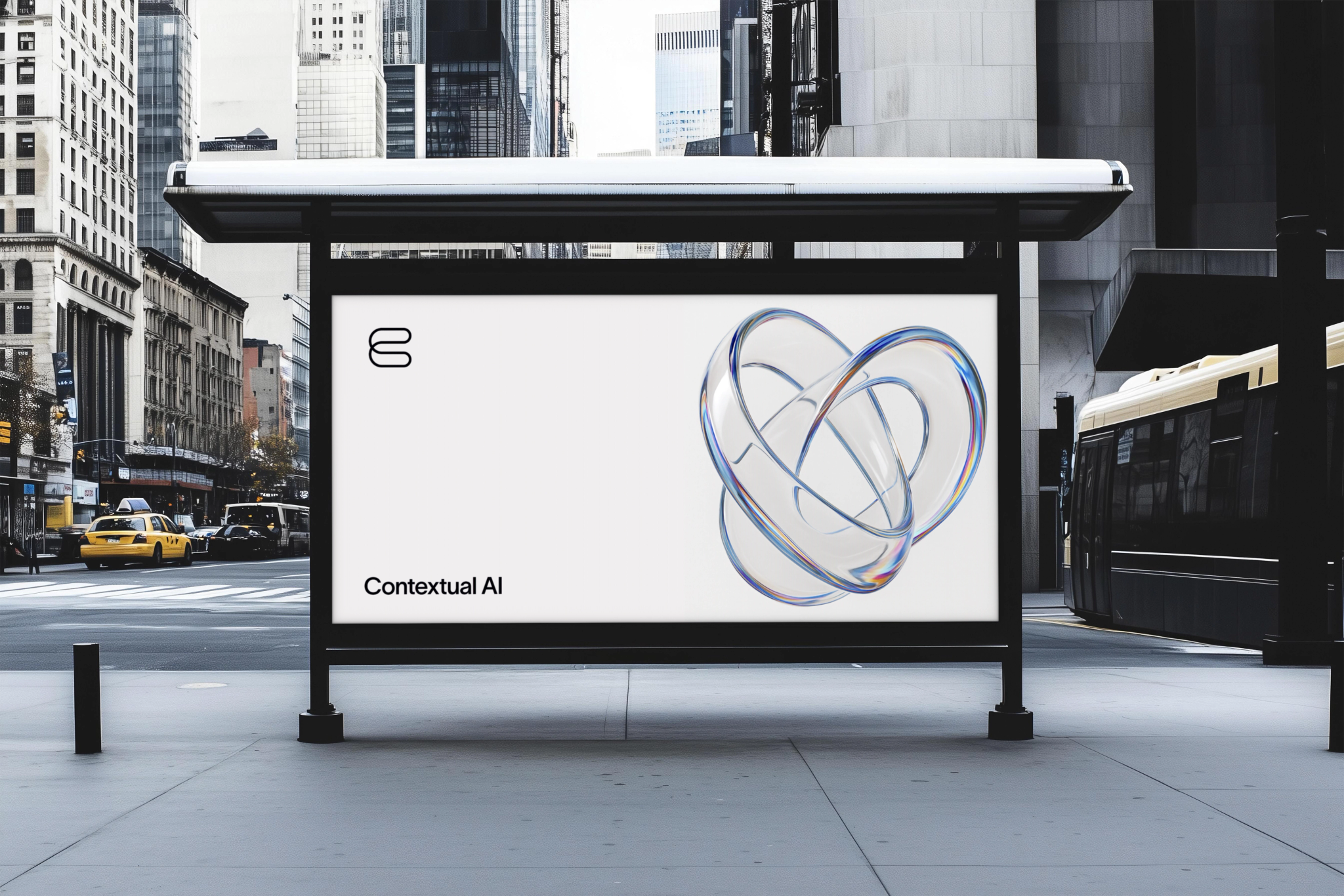
Metadata
Sector
- AI
Scope
- Branding
- UI/UX Design
- Front-End Development
- Back-End Development
Technologies
Contextual AI
Contextual AI, a leader in advanced AI-driven innovation, needed a digital platform that could effectively convey its vision while accommodating complex and evolving content needs. Partnering closely with Monogram, the team built a scalable, high-performance website powered by Sanity and Next.js, and hosted on Vercel for reliable deployment. Monogram carefully migrated legacy content and introduced a refreshed visual identity, resulting in a modern, adaptable platform built to showcase Contextual AI’s vision with strength, performance, and scalability.
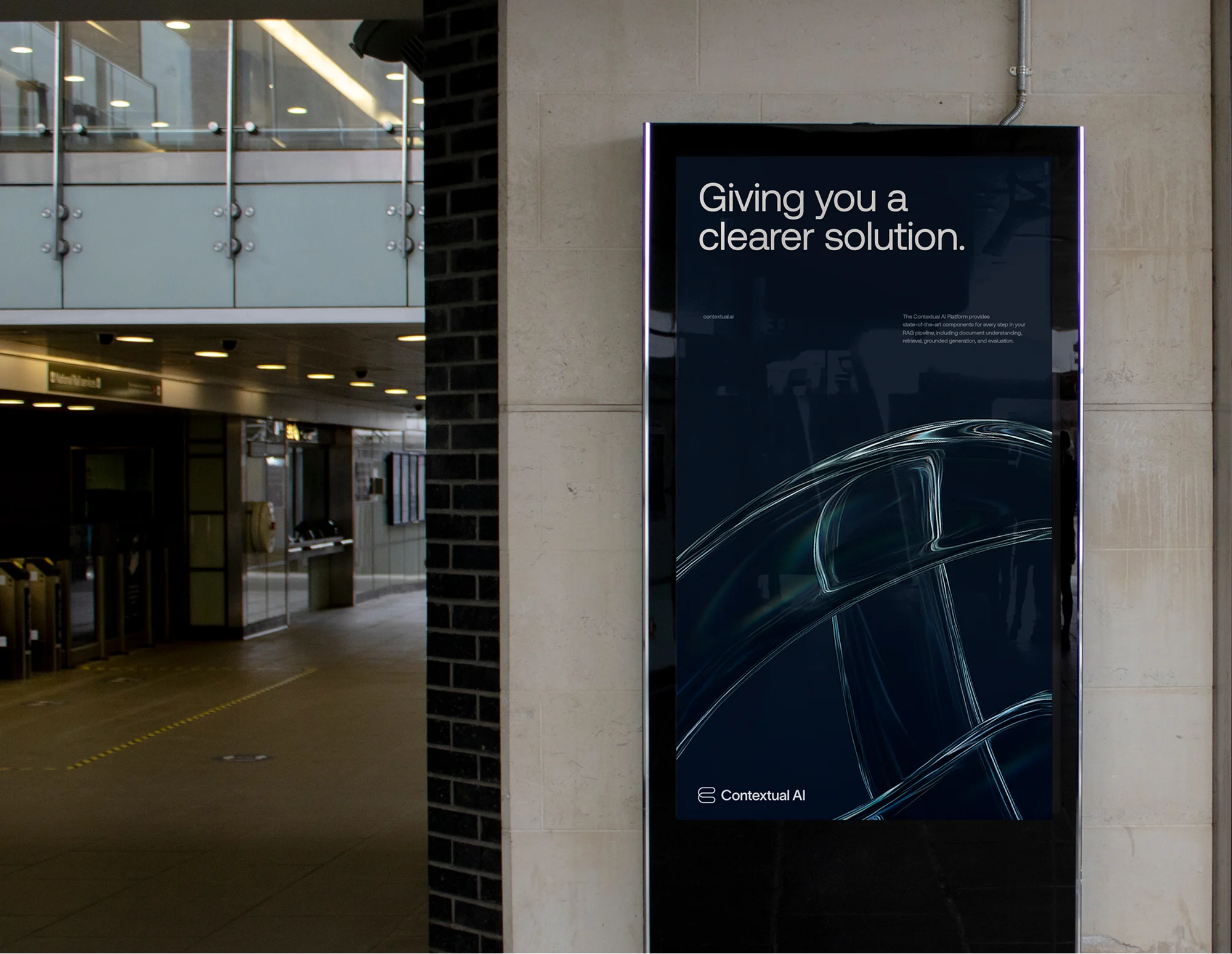

Design Collaboration and Branding
The project began with a deep collaboration to translate Contextual AI’s advanced vision into a compelling new visual identity. Through an iterative design process, a refreshed brand was established that felt both authoritative and modern. This foundational work defined everything from the new logo and color palette to typography and supporting brand assets. The resulting design system communicates the brand's premium offerings and future-forward positioning.
Adaptive Development
We got to work as soon as designs were handed off, starting with an intensive sprint on the Sanity schema to unlock content migration. We refined the model to handle diverse data types and ensure a smooth import from the legacy system.
In parallel, we built the Next.js architecture for scalability and long-term maintainability, adding real-time content previews that made publishing more intuitive.
New sections rolled out quickly through fast feedback loops that kept design, content, and engineering in sync. As priorities evolved, we adapted right alongside them, maintaining momentum and building a stable, high-performance foundation for future growth.

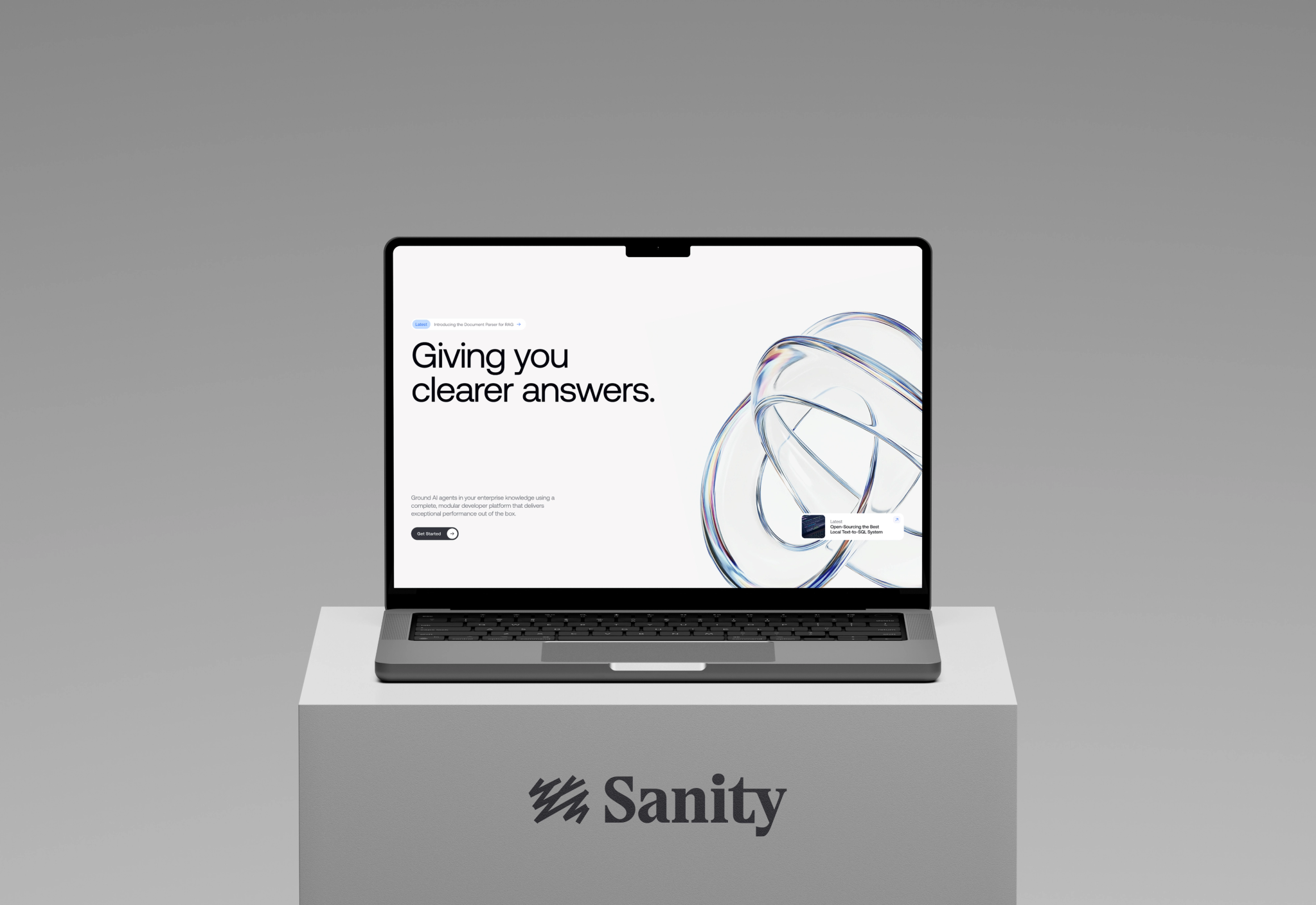
Migrating Content to Sanity
As soon as the Sanity schemas were ready, content migration from WordPress began alongside ongoing development. We migrated multiple content types such as blog posts, research articles, and use cases primarily via automated scripts to preserve structure and metadata. At the same time, we manually reviewed and polished content to ensure quality and fix any issues. Because the new designs didn’t always map one-to-one with the old site, some content was also adapted and restructured to fit better within the new layouts and user experience. This careful, adaptive migration ensured a smooth transition without disrupting ongoing development.
Custom Imagery Creation
The legacy imagery was deeply tied to the old branding, incorporating colors and aesthetics that no longer aligned with the refreshed Contextual AI brand and new website design. This disconnect made much of the existing graphic content look out of place and inconsistent. To address this, our design team carefully mapped many of the old graphical elements that represented the platform to the new design system’s style and tone. Because the new branding demanded a modern, cohesive visual identity, we created custom images tailored specifically to accompany page content and reflect the updated platform messaging. The creation of new imagery was instrumental in reinforcing the brand’s evolution and improving the overall user experience.
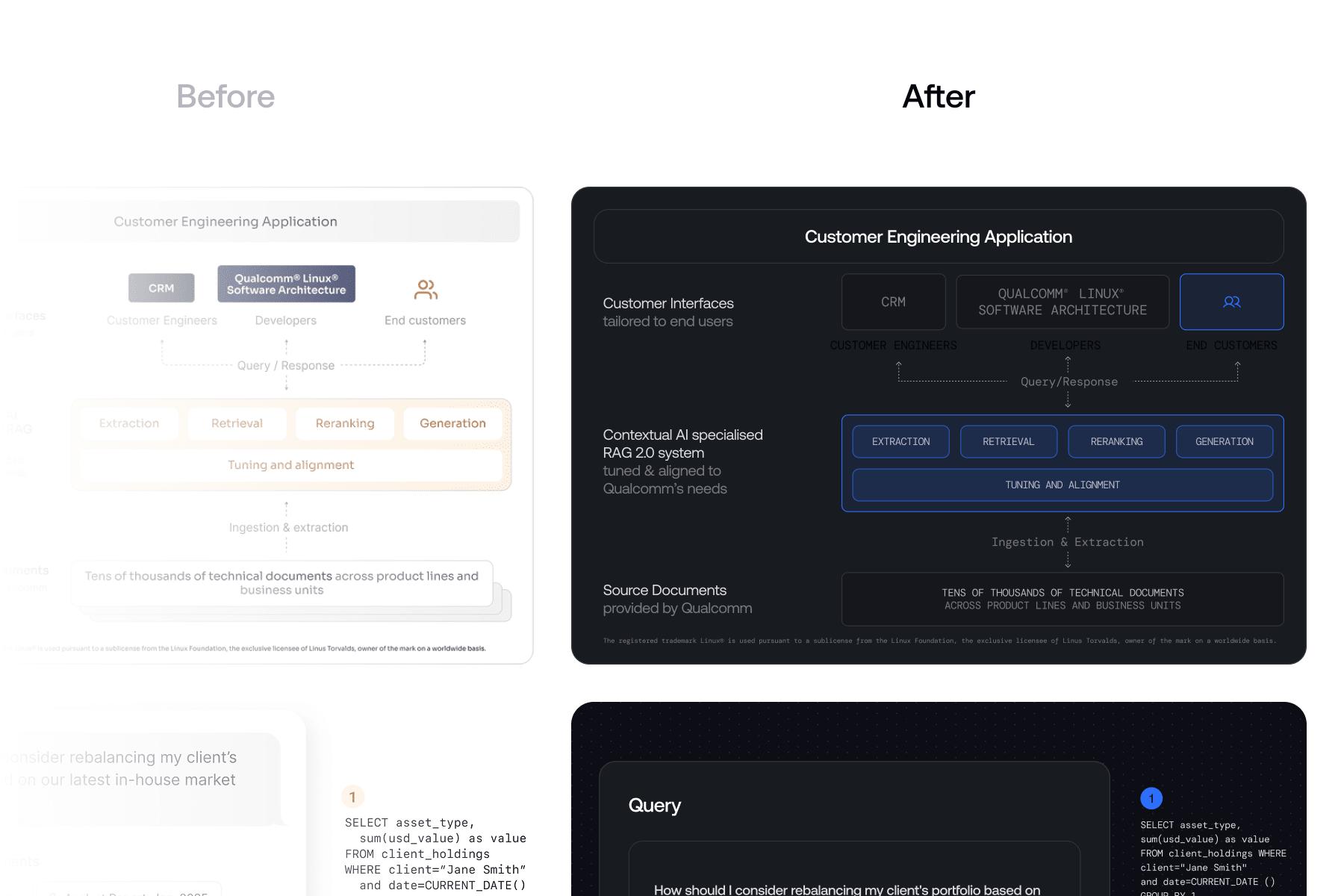
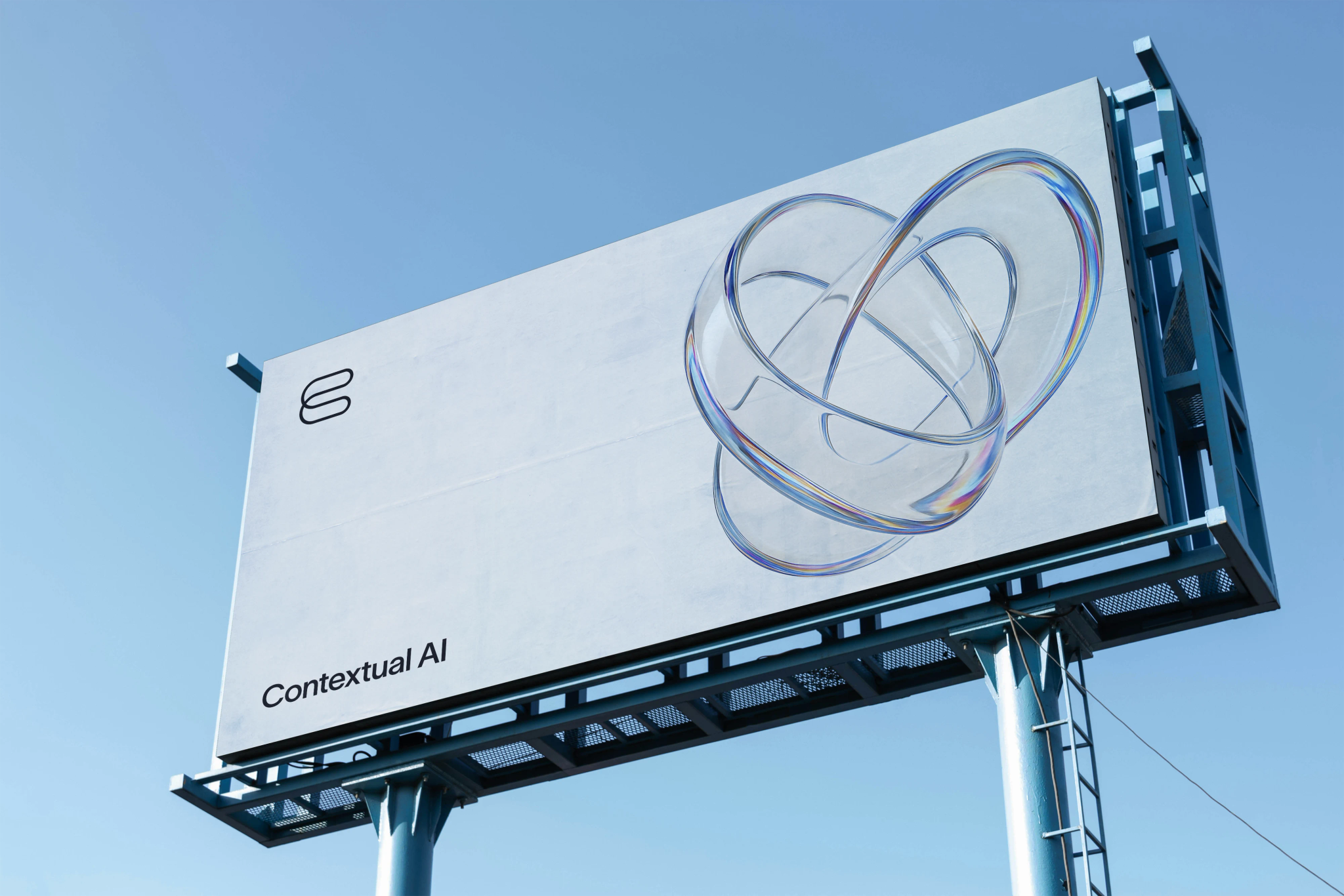
Beyond the Launch
After the intensive branding, design, development, and content migration that met Contextual AI’s hard launch deadline, our commitment continued through an ongoing retainer agreement. We actively add new features and resolve issues to keep the website evolving with the client’s needs. Acting as an extension of the Contextual team, we ensure the platform remains robust and aligned with business goals. This close collaboration lets the client focus on growth while we handle technical and creative enhancements for sustained success.